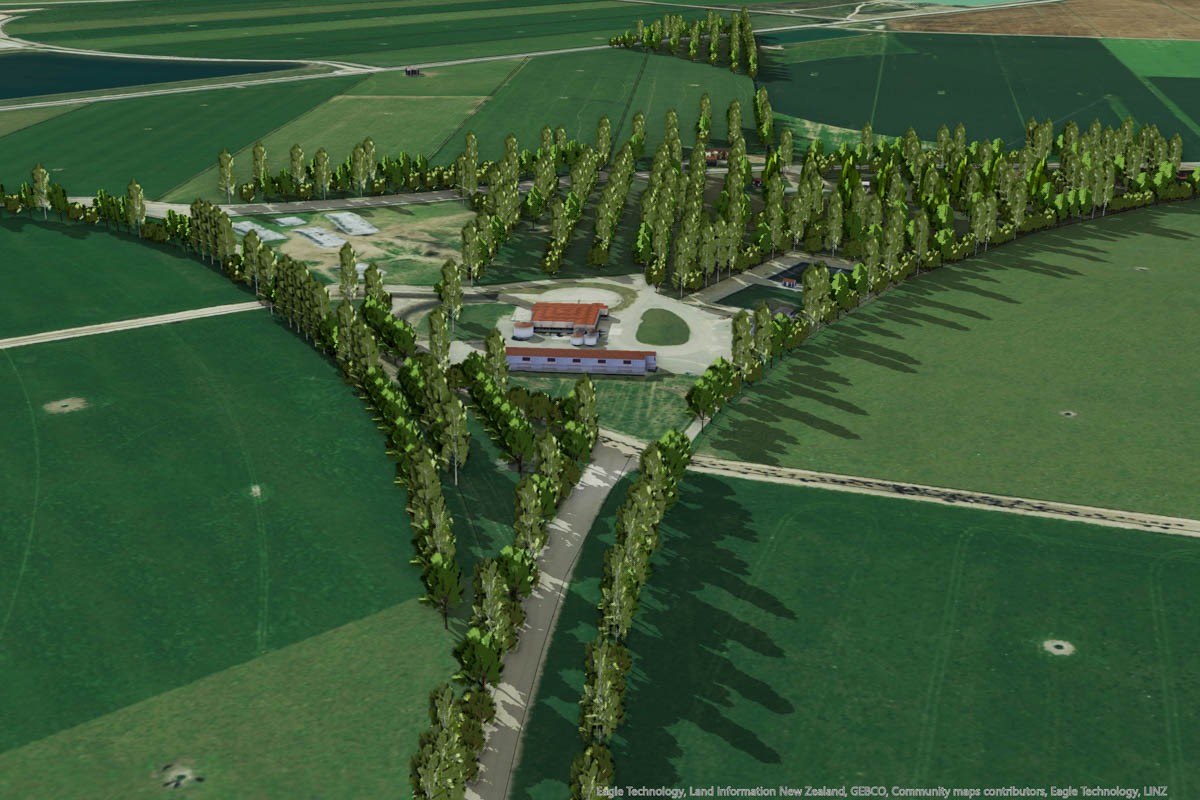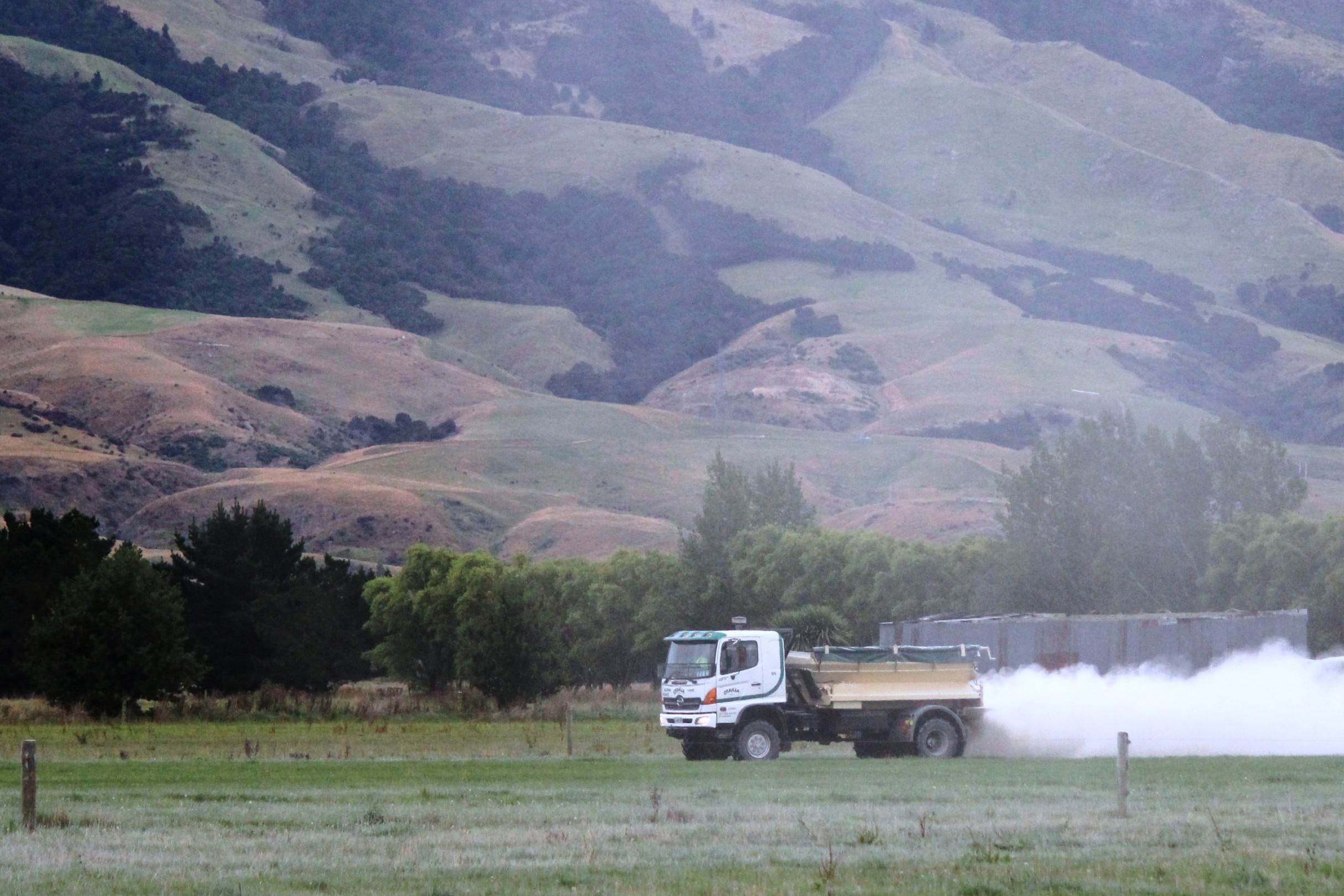There is now irrefutable proof that there is more money to be made in getting more milk from less cows, according to MilkMaP’s director Neville Prendergast.
When Neville and his team entered the New Zealand industry 15 years ago, they faced widespread skepticism for challenging NZ farmers to use strategic and fresh thinking.
“When we started off, our detractors thought we were only about high feed inputs and we would never last. I’m happy to report that they were wrong,” Neville said.
Dairy NZ’s Economic Farm Survey reported that on the 2019/20 season milk price, System 4-5 farms achieved almost $1100 more per hectare than the farms on System 1-2 feeding.
“There is so much more production capacity in our herds out there. I’m telling you right now: the figures coming out on this very subject for this current season will blow people’s minds when they see what can be achieved when you fully feed cows properly.
“The gap we are now seeing between Systems 3-5 versus Systems 1-2 in terms of the financial gain should send bankers and any other financial guys who say ‘don’t spend money on feed’ into a tailspin,” he said.
Neville says that no-one can now challenge that additional and mindful production per cow dilutes overhead costs, and drives profit.
“New Zealand used to be about putting more cows on instead of getting more out of the cows we had. It was inefficient, and that school of thought has now become an environmental issue.
“We’re not saying put feed in for the sake of it. You need to know what you’re feeding. But if cows are working close to, or at, their potential, it will lift production per hectare.
“That, in turn, means we can generate more milk from fewer cows, which creates a more efficient system.”
He says New Zealand’s grass is a big part of the solution, but it’s not the entire story.
“We’re so lucky in New Zealand to have this grass base, but it’s not consistent all year. If we want to get more production out of the cows, we’ve got to use other feeds with the right NDF to punch up their total energy intake – because the right supplements elevate – not substitute grass – and that flows through into a beautiful story.
“And, as soon as the industry understands what we’re trying to achieve, the better it will be. It needs to stop thinking of it as spending money on feed and start realising that it’s about fully feeding the cows, and using concentrates smarter.
“We’re all going to have to reduce our herd sizes, and everyone is scared that they don’t know how to get more milk from less cows. But, it is possible.
“We’ve been trying to educate people this whole time that you can fully feed cows and be very profitable doing it.”
Prendergast’s five pillars:
- Fully fed cows (that are achieving optimal rumination).
- Grass is king (complemented by supplements at different times in the season).
- Neutral Detergent Fibre (NDF) influences intake (because different feedstuffs have different NDFs, which allow for different total dry matter intake).
- Yield dilutes fixed costs (something banks and accountants have been slow to understand).
- Strategic budgeting and proactive monitoring so there are no surprises at the season’s end.





